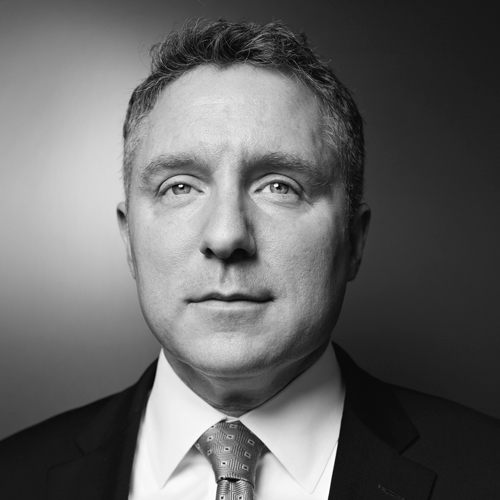It started on two continents. Johnathan Short, general counsel and corporate secretary for global exchange firm, Intercontinental Exchange (ICE), was tasked with acquiring the New York Stock Exchange (NYSE) and Euronext, which were based in North America and Europe, respectively. The $8.2 billion deal had high stakes with a $750 million reverse termination fee in the event that the approvals were not granted, which meant that Short had his work cut out for him with multiple levels of regulatory approval in markets on both continents. Adding to this, ICE previously entered into discussions to acquire NYSE Euronext in 2011 but subsequently pulled out due to conflicting markets, which heightened the stakes of the acquisition the second time around.
In the US, ICE was working with the Department of Justice and the SEC, and in Europe, Short sought approvals from the European Union Competition Authority and each of the foreign market regulators of Euronext. “Given ICE’s existing operations, I had plenty of experience working with the Financial Conduct Authority in the UK, but I had no experience working with continental European market regulators in the Netherlands, France, Belgium, and Portugal,” Short says.
As part of the transaction process, those regulators coordinated their activities through a memorandum of understanding that had previously existed within NYSE Euronext pursuant to the Euronext College of Regulators. Those five regulators coordinate the approvals of the individual countries so that a process exists, as opposed to having to engage in separate bilateral discussions with each of the regulators. In addition, the chair of the College of Regulators rotates every six months. “I started out having meetings in Brussels,” Short says, “but I actually ended up spending significant time in Lisbon and Amsterdam by the time we received all of the approvals.”
And Short wasn’t only asking for approval of ICE’s acquisition. The company also had plans to engage in an IPO shortly after the transaction to separate Euronext’s business from ICE’s—an additional complexity that required analysis, planning, and approval. “In granting their approvals, we were asking the regulators to lay out a construct that would allow us to both own the company in an initial state and then divest ourselves of part of the company after the closing,” Short says. “We tend not to do simple deals here at ICE.”
The entire process was extremely time intensive; although each of the European regulators had agreed to coordinate pursuant to the College of Regulators, each had its own national takeover and market laws to comply with. “Ultimately, each of the regulators is looking out for the best long-term interest of their markets,” Short says. “Understanding that level of granularity in the transaction was important. It was just something that you had to adapt to as we progressed through the approvals process.”
It took almost a year, but the transaction was a success, and Short gives significant credit to his legal team at ICE, which included Andrew Surdykowski and David Clifton. In addition, Ben Jackson, who runs ICE Futures US, was crucial in obtaining the EU competition approvals given the overlap between certain contracts in ICE Futures US markets and others traded at NYSE/Euronext, which was of interest to both US and European competition authorities.
The NYSE/Euronext transaction created an interesting symbolic bookend for Short. “We closed the transaction on November 13, 2013, and to celebrate the closing, we rang the opening bell of the NYSE on November 18,” he says. “It was almost eight years to the day that we had rung the opening bell on the NYSE on November 16, 2005 when we took ICE public. It was nice to go from listed company to owner of the NYSE in eight years, almost to the day.”

